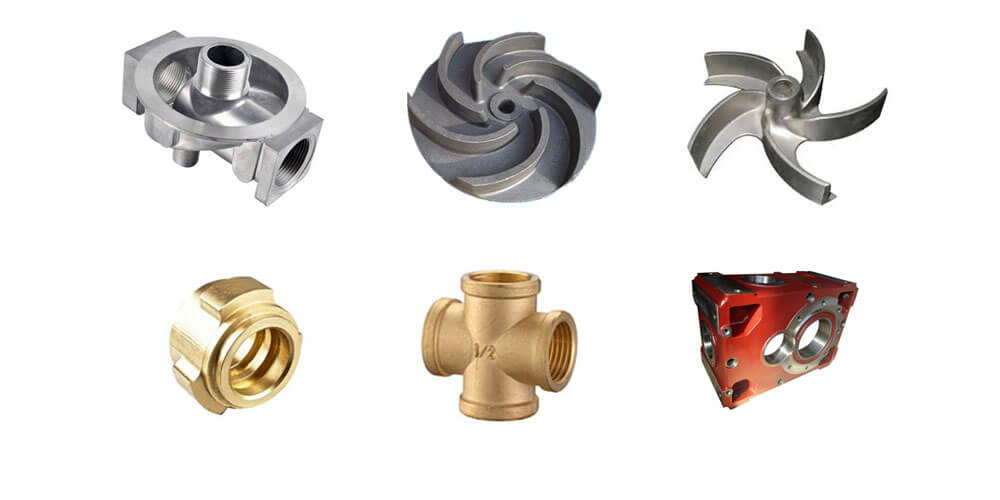The precision casting method is a technique used to make products using metal casting. The process starts with the production of a wax model, also known as a patent. The patent is then created or forged into a shape or part. The technique competes with other manufacturing or production techniques like forging and sand casting. However, the method has been known to offer more benefits. For instance, practitioners believe that precision casting products feature superior qualities. Here, we look at the benefits of precision casting.
Advantages of precision casting
Below are the benefits of using precision casting to make parts;
1. Superior aesthetics
One of the benefits of using this technique is that it produces more aesthetically pleasing products. This is mainly because it is precision casting makes better surface finishes compared to alternatives like sand casting. This factor does not only influence the aesthetic appeal of the parts, but it also helps reduce the cost of operation. This is because you do not have to worry about subjecting the parts to more machining or further finishing operations.
2. Superior similarity to the initial design
The process of precision casting usually begins with a drawing featuring the design of the part. The drawing is used to create the mold, which is used for the rest of the process. Practitioners claim that injection casting is a few techniques that produce parts with superior similarities to the initial design. The same cannot be said about competing techniques because they have difficulties making holes, slots, and undercuts. This benefit also helps reduce machining costs. This is because you do not need to employ additional techniques to perfect the shape and design. There are also fewer design issues. This means that the products do not have to be repaired or corrected after completing the process. Typically, all the parts are inspected thoroughly before the process is completed.
3. Reduced defects
As mentioned earlier, this technique helps create parts that are highly similar to the original design. However, in addition to this, the products feature fewer defects. After the process is complete, all the products are inspected and tested. This is done to ensure the quality of the parts. Most of the time, there are little to no defects. On the other hand, in instances where there are issues, the defects are repaired before the manufacturing process is wrapped up.
4. Better tolerance
The nature of the process influences the tolerance of the final parts. Compared to its counterparts, like forging, investment casting, or precision casting produces products with a higher tolerance.
5. Lower production costs
Naturally, the initial cost of setting up investment tooling can be quite costly. However, the overall costs are more reduced than competing techniques because there are fewer issues, and the process is relatively fast. The fact that there are fewer defects also helps with the overall cost of the process.
Conclusion
Most people find the process to be challenging. For this reason, they opt for precision casting service providers to handle the technicalities. The market is swarmed with precision or investment casting service providers. When choosing the best one, it would help if you considered their experience.
